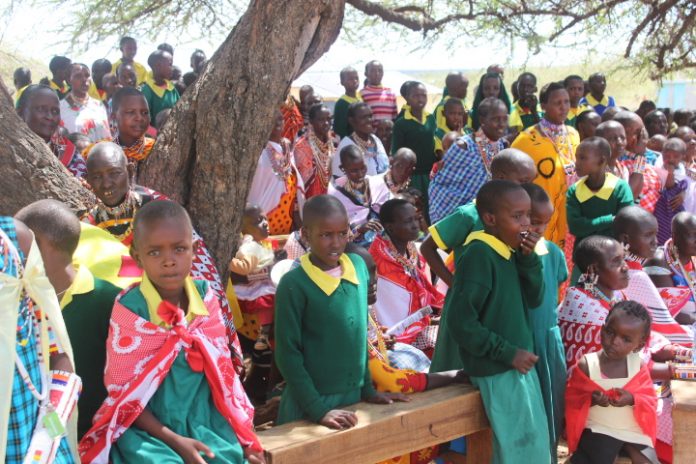
Public servants working in certain areas of the country are entitled to a hardship allowance. The allowance varies from one job group to another.
The idea of a hardship allowance was aimed to motivate service delivery in areas with low levels of development at independence. The disparities in development then could be attributed to the colonial white economy with resources centered around fertile lands while Arid Semi-Arid Lands remained poor.
About 57 years after independence, these are still classified as hardship areas. This is a paradox of independence. Many areas, mostly ASAL, are still underdeveloped with no roads, electricity, health facilities, mobile network coverage, clean water and worst of high poverty levels leading to a vicious cycle of social vices. Underdevelopment results in poor health, early marriages and unwanted pregnancies.
The government, through its development blue print at independence, titled ‘African Socialism and its Application to Planning in Kenya’, drafted as Sessional Paper No. 10 of 1965, was aimed at solving the these challenges by creating a society built on brotherhood, love and care for each other.
It was a noble idea. However, even though the content sounded socialist on paper, its practical application was purely capitalist, which widened the gap between the few rich and the majority poor. The situation was aggravated by political events, with areas perceived to be in opposition denied their right to development.
Constitutional change
The clamour for constitutional change aimed at spreading development across the country. The climax of this was realised with the enactment of the 2010 Constitution. Kenyans were filled with hope that things would change for the better, especially with the devolution of power as enshrined in Chapter 11 of the Constitution.
It was argued that resources were concentrated within the capital hence the need to transfer them to lower levels of government. This has partly been achieved though more still needs to be done by ensuring counties are able to generate their own revenues to fund economic activities. This is what happens in the United States of America where state governments fund their own programmes. Here, the national government delays remitting funds to counties, paralysing local activities.
With increased revenue, county governments should develop better health services, build accessible roads, street lighting and supply clean, piped water. The national government should also provide infrastructure in the counties to ensure they have necessary conditions to boost development.












